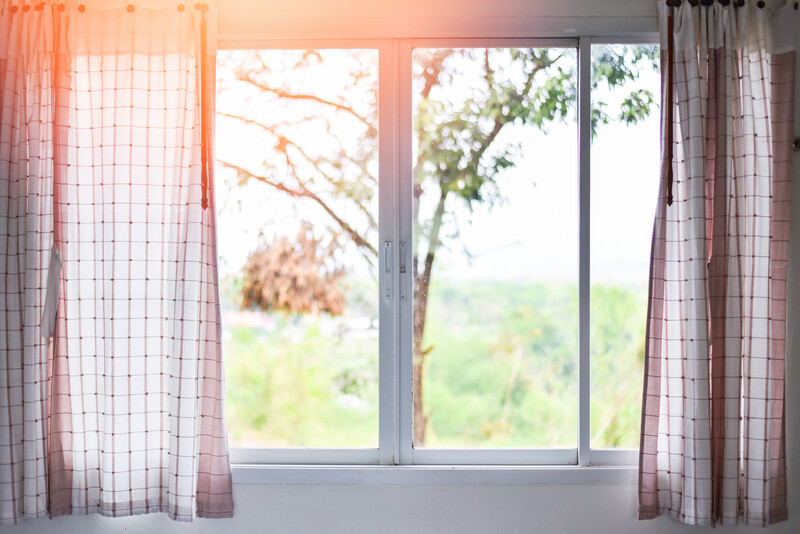 Lighting plays a crucial role in shaping our environment and, by extension, our health. For individuals with dementia, the impact of lighting is even more significant. Dementia, a condition characterized by a decline in cognitive function, affects millions of people worldwide. Research indicates that appropriate room lighting can greatly influence the well-being and daily functioning of those living with dementia.
Lighting plays a crucial role in shaping our environment and, by extension, our health. For individuals with dementia, the impact of lighting is even more significant. Dementia, a condition characterized by a decline in cognitive function, affects millions of people worldwide. Research indicates that appropriate room lighting can greatly influence the well-being and daily functioning of those living with dementia.
The Importance of Circadian Rhythms
Our bodies operate on a biological clock known as the circadian rhythm, which regulates sleep-wake cycles and other physiological processes. This rhythm is heavily influenced by light exposure. In individuals with dementia, disruptions in circadian rhythms are common, often leading to sleep disturbances, increased confusion, and behavioral problems.
Proper lighting can help mitigate these issues. Exposure to bright, natural light during the day can help regulate the sleep-wake cycle, promoting better sleep at night and increased alertness during the day. Conversely, dimming lights in the evening can signal to the body that it is time to wind down, aiding in the reduction of agitation and restlessness that often accompany dementia.
Types of Lighting and Their Effects
- Natural Light: Natural light is the most beneficial for regulating circadian rhythms. Rooms with large windows that allow ample daylight can help dementia patients maintain a regular sleep-wake cycle. In settings where natural light is limited, light therapy boxes that mimic natural daylight can be an effective alternative.
- Ambient Lighting: Consistent and well-distributed ambient lighting helps reduce shadows and glare, which can cause confusion and anxiety in dementia patients. Soft, diffused lighting is preferable over harsh, direct lights. Ensuring that rooms are evenly lit can help minimize disorientation and make spaces more navigable.
- Task Lighting: Proper task lighting is essential for specific activities like reading, eating, or personal care. Adjustable lamps that provide focused light can help patients perform daily tasks more independently, enhancing their sense of autonomy and competence.
- Night Lighting: Nightlights or low-level lighting is crucial to prevent falls and disorientation during nighttime trips to the bathroom or kitchen. Motion-sensor lights that activate as needed can provide safety and reassurance without disrupting sleep.
Psychological and Behavioral Benefits
Proper lighting can have profound psychological benefits for dementia patients. Adequate exposure to light can improve mood and reduce symptoms of depression and anxiety. In well-lit environments, patients often exhibit fewer behavioral problems such as aggression and agitation. The calming effect of appropriate lighting can also enhance overall quality of life, making daily activities more enjoyable and less stressful.
Moreover, lighting can be used to create a sense of time and routine. By adjusting lighting levels to mimic the natural progression of the day—from bright mornings to dim evenings—caregivers can help patients orient themselves temporally, reducing confusion and promoting a sense of stability.
Practical Considerations for Caregivers
Caregivers should pay attention to the lighting in the living spaces of dementia patients. Regular assessment of the lighting conditions and making necessary adjustments can be a simple yet effective way to improve the patient’s quality of life. Utilizing a mix of natural, ambient, and task lighting, along with ensuring adequate nighttime illumination, can create a supportive environment conducive to better cognitive and emotional health.
In conclusion, the impact of room lighting on individuals with dementia is profound. By understanding and implementing optimal lighting strategies, caregivers can help manage symptoms, improve mood, and enhance the overall well-being of those living with dementia. This simple yet effective intervention underscores the importance of environmental factors in the care and support of dementia patients.
